Truetone mA meter Handleiding
Truetone
Niet gecategoriseerd
mA meter
Bekijk gratis de handleiding van Truetone mA meter (2 pagina’s), behorend tot de categorie Niet gecategoriseerd. Deze gids werd als nuttig beoordeeld door 134 mensen en kreeg gemiddeld 4.3 sterren uit 67.5 reviews. Heb je een vraag over Truetone mA meter of wil je andere gebruikers van dit product iets vragen? Stel een vraag
Pagina 1/2

mA meter
More information a
bout power
ing
guitar pedals:
What are milliamps anyway? They’re just like Watts, but it’s just another way of talking about
power consumption like how inches and millimeters are two different ways of talking about
measurement.
The important thing to remember is that your pedals will only take the amount of power they
need. So, if you plug an overdrive pedal that only uses 10mA into a 1 SPOT Pro output with
a “500mA” label, it’s OK. The pedal will only take what it needs. The “500mA” label is the
maximum that output can give although, with the 1 SPOT Pro, the outputs can actually
give even more than they say.
Instructions
To measure the current draw of your pedal, plug the pedal’s power supply to the DC IN jack
on the mA Meter. Plug one end of the included short DC cable into the DC OUT jack on the
mA Meter, and the other end into your pedal. You can also plug the short DC cable into the
daisy-chain cable from a 1 SPOT to measure the total current draw of all your pedals.
Measuring DC Current:
9V-24Vdc IN
(DC only; no AC)
OUT to Pedal
Read display for current
draw in milliamps (mA).

What happens if my pedal
draws more than 999mA?
Don’t worry, nothing will break. The display will tell you that you’re over 999mA, by
showing this readout:
Having said that, there are very few DC powered pedals that use more than 999mA. However,
if you’re measuring the current draw of your whole pedalboard, it might be over 999mA.
What if I plug in a 9Vac power supply by accident?
Again, nothing will break on the mA Meter, so relax.
The display will show this:
Just make sure you don’t plug an AC power supply into a DC pedal, ever. Bad things happen.
Using the Cable Tester:
Note: This equipment has been tested and found to comply with the limits for a Class B digital device, pursuant to part 15 of the FCC Rules. These
limits are designed to provide reasonable protection against harmful interference in a residential installation. This equipment generates, uses and can
radiate radio frequency energy and, if not installed and used in accordance with the instructions, may cause harmful interference to radio
communications. However, there is no guarantee that interference will not occur in a particular installation. If this equipment does cause harmful
interference to radio or television reception, which can be determined by turning the equipment off and on, the user is encouraged to try to correct the
interference by one or more of the following measures:
— Reorient or relocate the receiving antenna.
— Increase the separation between the equipment and receiver.
— Connect the equipment into an outlet on a circuit different from that to which the receiver is connected.
— Consult the dealer or an experienced radio/TV technician for help.
Need more great guitar tools? Go t
o
Truetone.com
9V-24Vdc IN
¼” (6.35mm) mono
guitar cable
LED on = Good cable; LED off = Bad cable
To test a guitar cable, plug both ends into the ¼” (6.35mm) jacks on the front of the mA
Meter. If the blue LED lights up, your cable is good. If the blue LED doesn’t light up, your
cable is bad. You might also want to move the cable around a little while it is plugged into the
mA Meter, to see if the LED goes on and off that would indicate an intermittent problem.
Product specificaties
| Merk: | Truetone |
| Categorie: | Niet gecategoriseerd |
| Model: | mA meter |
Heb je hulp nodig?
Als je hulp nodig hebt met Truetone mA meter stel dan hieronder een vraag en andere gebruikers zullen je antwoorden
Handleiding Niet gecategoriseerd Truetone

25 April 2024

25 April 2024

25 April 2024

25 April 2024

18 April 2024
Handleiding Niet gecategoriseerd
- Jomox
- WilTec
- Schütte
- Carry-on
- Berkel
- Libec
- Gamma
- Basetech
- Fujifilm
- Moxa
- Plugwise
- Act
- Globe
- Cat & Hound
- Wimberley
Nieuwste handleidingen voor Niet gecategoriseerd

18 September 2025

18 September 2025
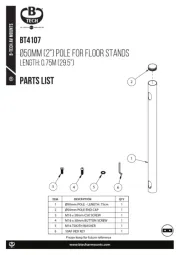
18 September 2025
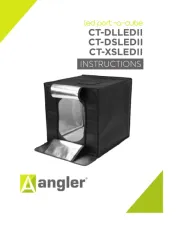
18 September 2025
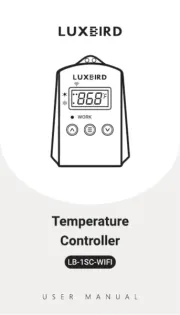
18 September 2025
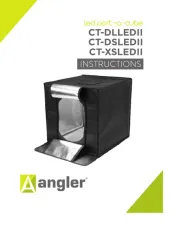
18 September 2025
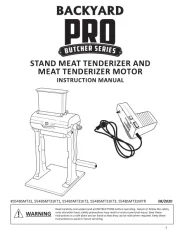
18 September 2025
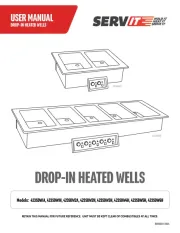
18 September 2025
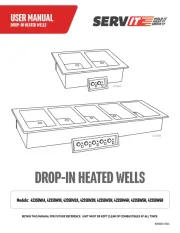
18 September 2025
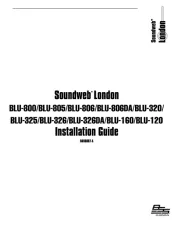
18 September 2025